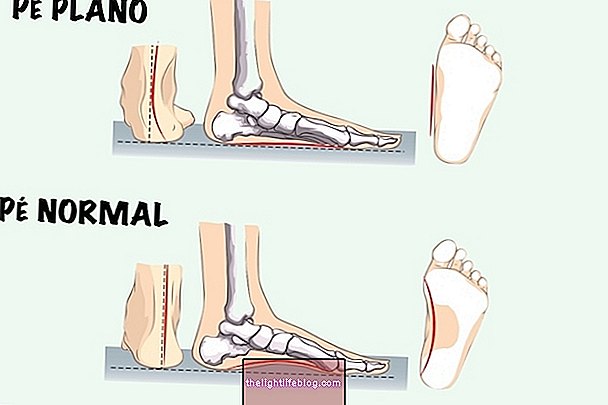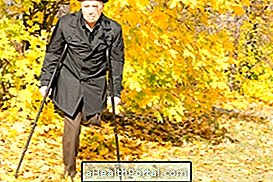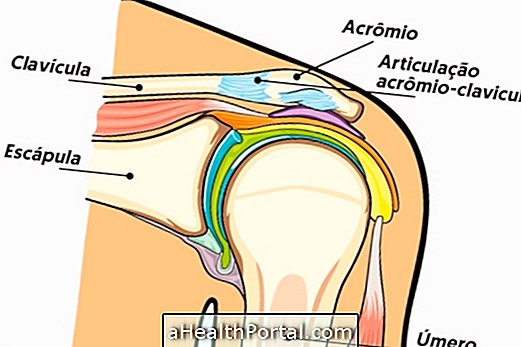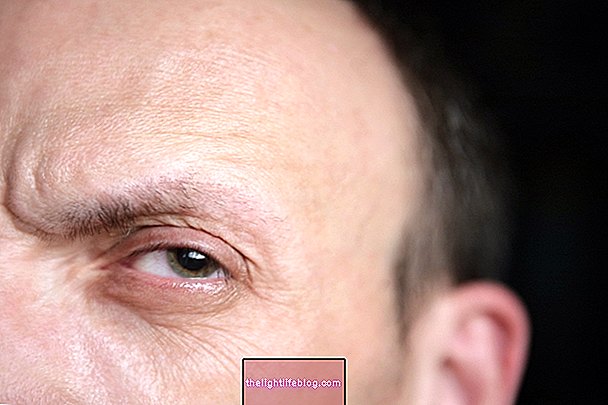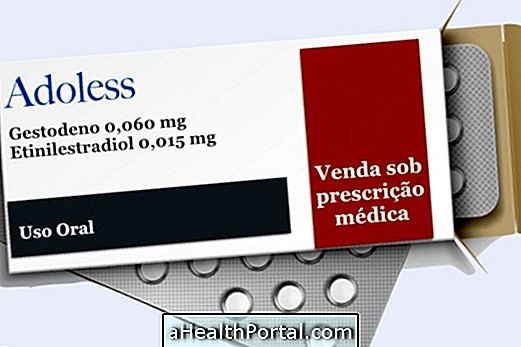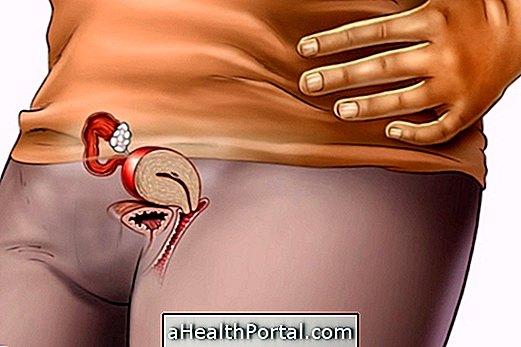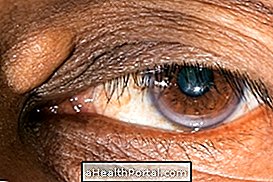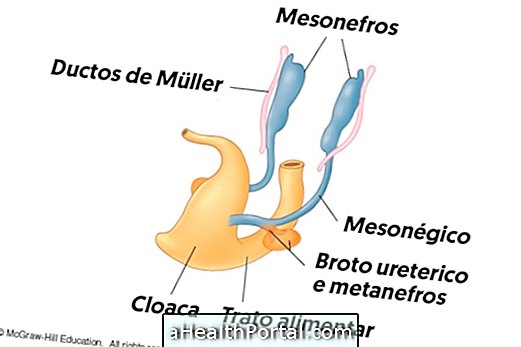When, for some reason, the knee or any joint is injured, it is advised during the first 48 hours to place cold compresses in the injured area to relieve pain and inflammation.
In addition, it may be helpful to apply an arnica ointment to combat the symptoms, but if the pain stays for more than 5 days or is very intense it is important to go to the doctor to perform tests such as x-ray or MRI to detect and diagnose the degree of the damage done.
In the consultation the orthopaedist can indicate the use of anti-inflammatory drugs in the form of ointment or tablets, as well as sessions of physiotherapy that will be very useful to combat pain, to return the muscular strength and the amplitude of the movements, thus improving the quality of life person's.
Home Treatment for Knee Injury
Some ways to treat minor knee injuries caused by trauma in a football game or fall are:
To combat pain and swelling in the knee
To combat pain the swelling in the knee is important to find out its cause. Know some causes here. However, the PRICE principle can always be useful to decrease inflammatory symptoms and improve movement and consists of: Protection, rest, use of ice, compression and elevation.

The ice should be applied 3 to 4 times a day for 15 to 20 minutes and should be wrapped in a sheet of paper towel or a thin diaper, for example to prevent a burn in the skin. After ice, the knee can be bandaged with a compression band to slow the movements and contain the swelling and keep the leg elevated by lying down on the bed with a pillow under the knee and heel.
To facilitate knee movements
After the first 48 hours, it is advisable to leave the ice and start applying warm compresses, because the heat relaxes the joint or injured muscle, giving greater flexibility during the recovery phase.
The movements should be performed to the point of pain and it may be necessary to do daily physical therapy sessions to recover the knee and depending on the type of injury, the person may need weeks or months of physiotherapeutic treatment.
You can try lying on your stomach and bend your leg by dragging the heel on the surface to the point where you can perform the painless movement by repeating this exercise ten times in a row. Another exercise that may be useful to improve the movements with this joint is to remain seated at a table with legs hanging down and then stretch the leg as shown in the following image. This exercise can also be performed ten times in a row, however, a physical therapist can tell you in person which exercises are best for each need.

Warning signs to go to the doctor
You should go to the doctor or physical therapist if you can not move your knee to any position without feeling any pain and also if:
- The pain in the knee is very intense,
- If you can not bend your knee;
- If you are limping;
- If you have a fever or if your joint feels warm;
- If the knee seems deformed.
In this case it is recommended to go to the orthopedist to perform tests that can identify the cause of the pain and the dysfunction, through specific tests and imaging tests such as x-ray or resonance, for example.

